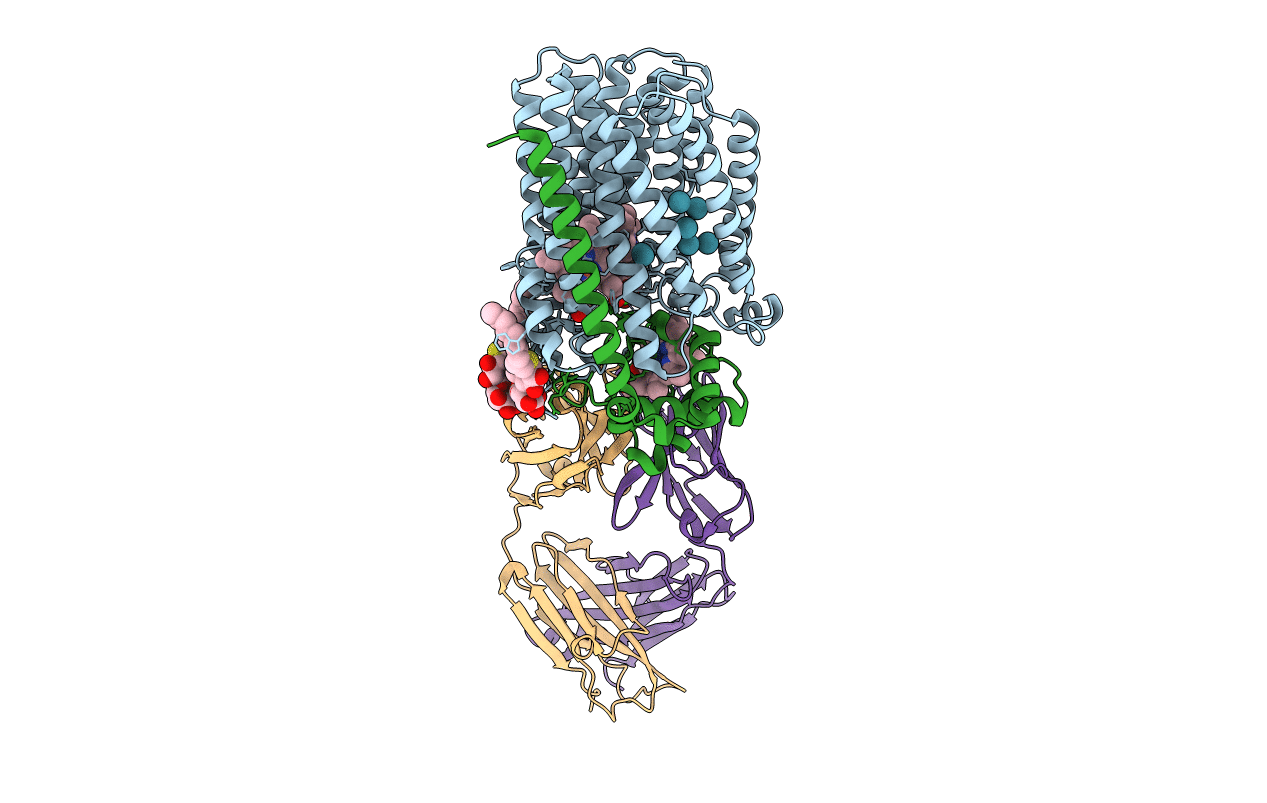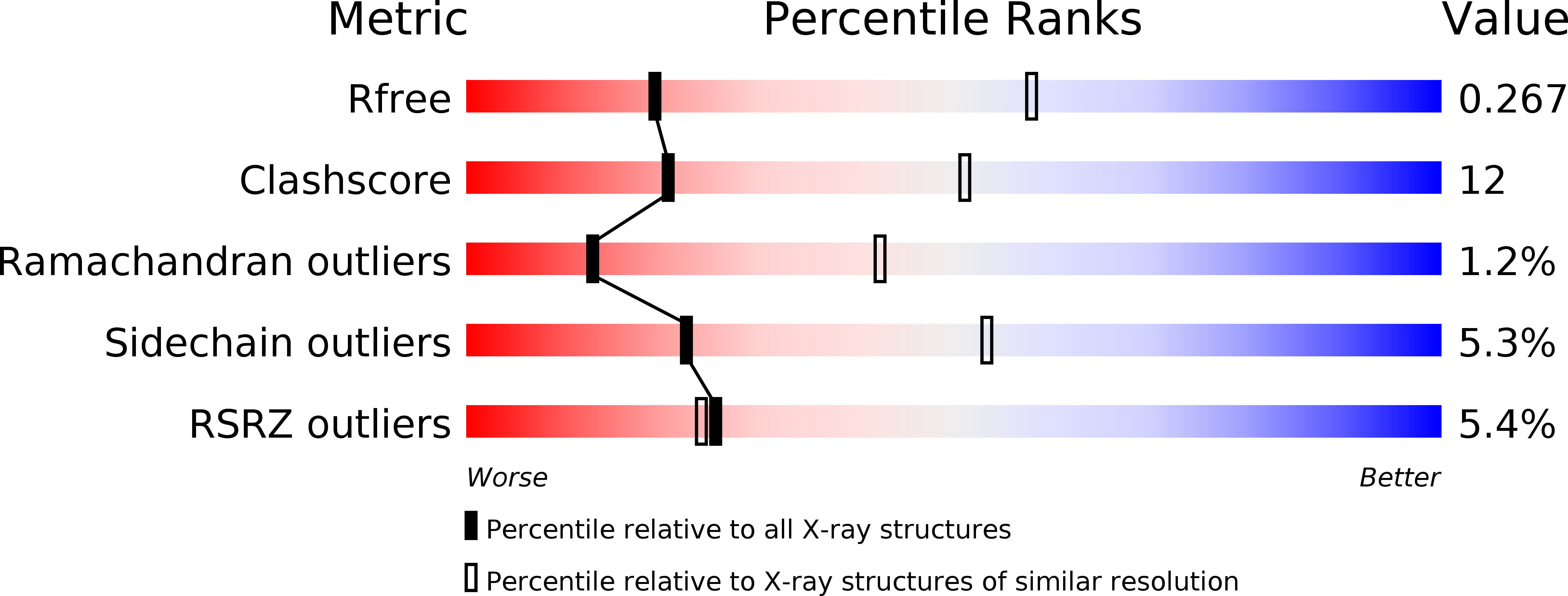
Deposition Date
2016-08-31
Release Date
2017-08-16
Last Version Date
2024-11-13
Entry Detail
PDB ID:
5GUX
Keywords:
Title:
Cytochrome c-dependent nitric oxide reductase (cNOR) from Pseudomonas aeruginosa in complex with xenon
Biological Source:
Source Organism:
Mus musculus (Taxon ID: 10090)
Pseudomonas aeruginosa PAO1 (Taxon ID: 208964)
Pseudomonas aeruginosa PAO1 (Taxon ID: 208964)
Method Details:
Experimental Method:
Resolution:
3.30 Å
R-Value Free:
0.26
R-Value Work:
0.20
R-Value Observed:
0.21
Space Group:
P 21 21 21


